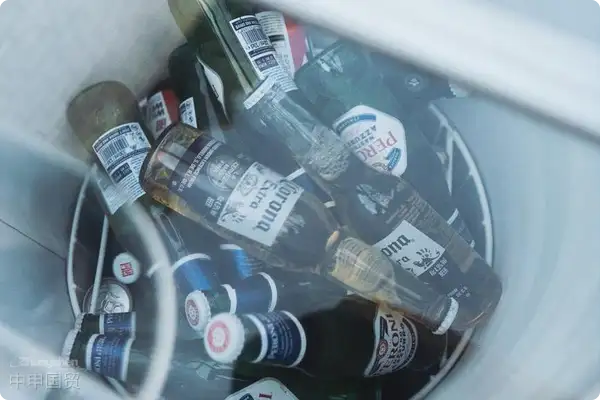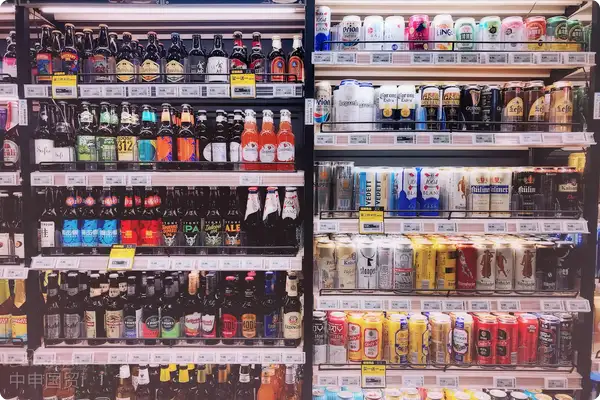- Shanghai Zhongshen International Trade Co., Ltd. - Two decades of trade agency expertise.
- Service Hotline: 139 1787 2118

When Craft White Beer Meets International Trade
Holding the agency rights for Belgian Abbey White Beer but encountering spoilage during customs clearance? An importer last year lost an entire container due to uncontrolled storage temperatures. As a professional with 20 years of experience in alcohol imports, I want to share practical insights to reveal5 Key Aspects That Must Be Controlled in Importing White Beer.
Qualification Review: Are Your Clearance Documents Complete?
Unlike ordinary goods, alcoholic beverage imports require a dual certification system:
- Essential documents for production
- Certificate of origin and hygiene (must indicate alcohol content ≤12%)
- Dual certification of filling date and shelf life
- Specific component test report (e.g. CO? content in German wheat beer)
- Importer qualification requirements
- Alcohol business license (valid annual inspection records)
- Record - filing of Imported Food Consignor
- Safety certification for special packaging materials
Temperature trap in customs clearance process
The active yeast in white beer is extremely temperature-sensitive, we recommend implementingThree-stage temperature monitoring solution:
| Transportation phase | Recommended temperature | Risk warning value |
|---|---|---|
| Maritime TransportationContainer | 4-8℃ | >12°C for 6 consecutive hours |
| Temporary storage at port | 6-10°C | |
| Bonded warehouse turnover | Constant 8°C | Daily fluctuation >3°C |
Three practical techniques for tax optimization
- Tariff classification declaration: Utilizing the tariff rate difference between white beer (HS 22030000) and regular beer (HS 22029000)
- VAT deduction strategy: Separate accounting for marine insurance costs and domestic logistics fees
- Free trade zone policy application: Imported alcohol in Lingang New Area qualifies for 7-day duty-free bonded storage policy
The hidden value of after-sales service
Premium agent after-sales services should include:
- Batch traceability system (supports QR code verification of production information)
- Near-expiry product exchange mechanism (automatic alert for products within 6 months of expiration)
- Fast claims channel for damaged goods (loss assessment completed within 72 hours)
Final Notes
Last year, we recovered $230,000 in losses for a craft beer brand through rigorous inspection of bottling line sanitation records. When selecting an imported wheat beer distribution partner, ensure they possess:
- Specialized alcohol customs clearance team
- Temperature-controlled warehousing infrastructure
- Comprehensive risk contingency plans
Remember, the journey of a wheat beer from European brewery to Chinese dining table demands more professional expertise than you might imagine.
Related Recommendations
Category case
Contact Us
Email: service@sh-zhongshen.com
Related Recommendations
Contact via WeChat

? 2025. All Rights Reserved. 滬ICP備2023007705號(hào)-2  PSB Record: Shanghai No.31011502009912
PSB Record: Shanghai No.31011502009912









